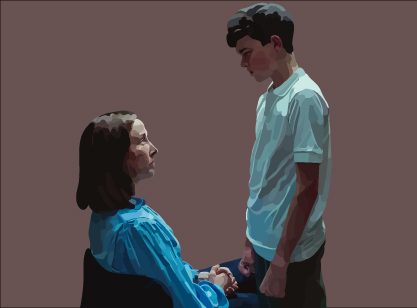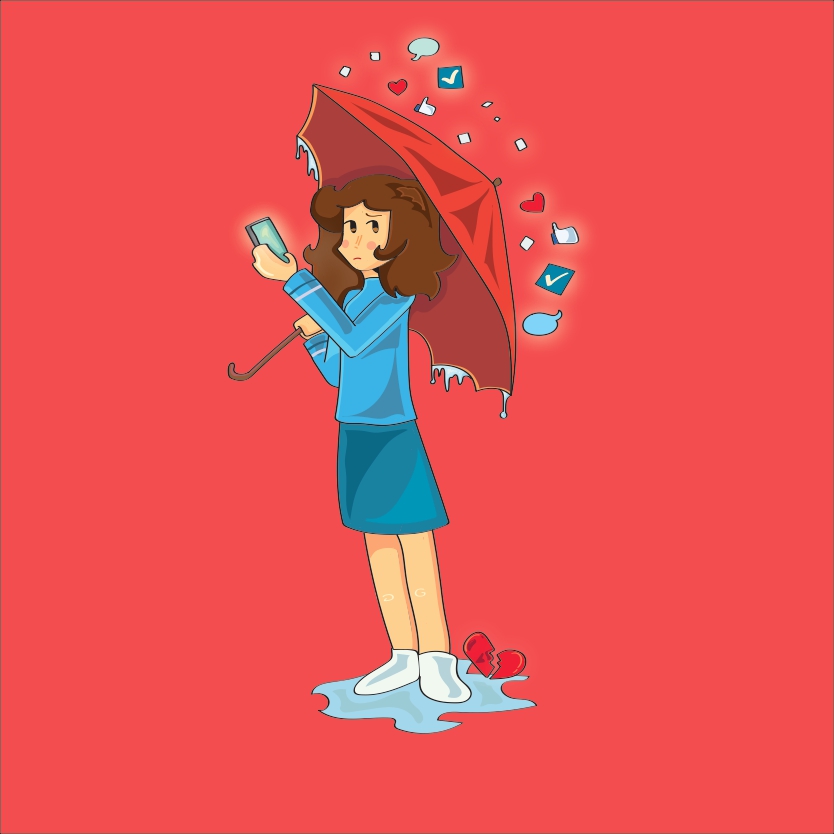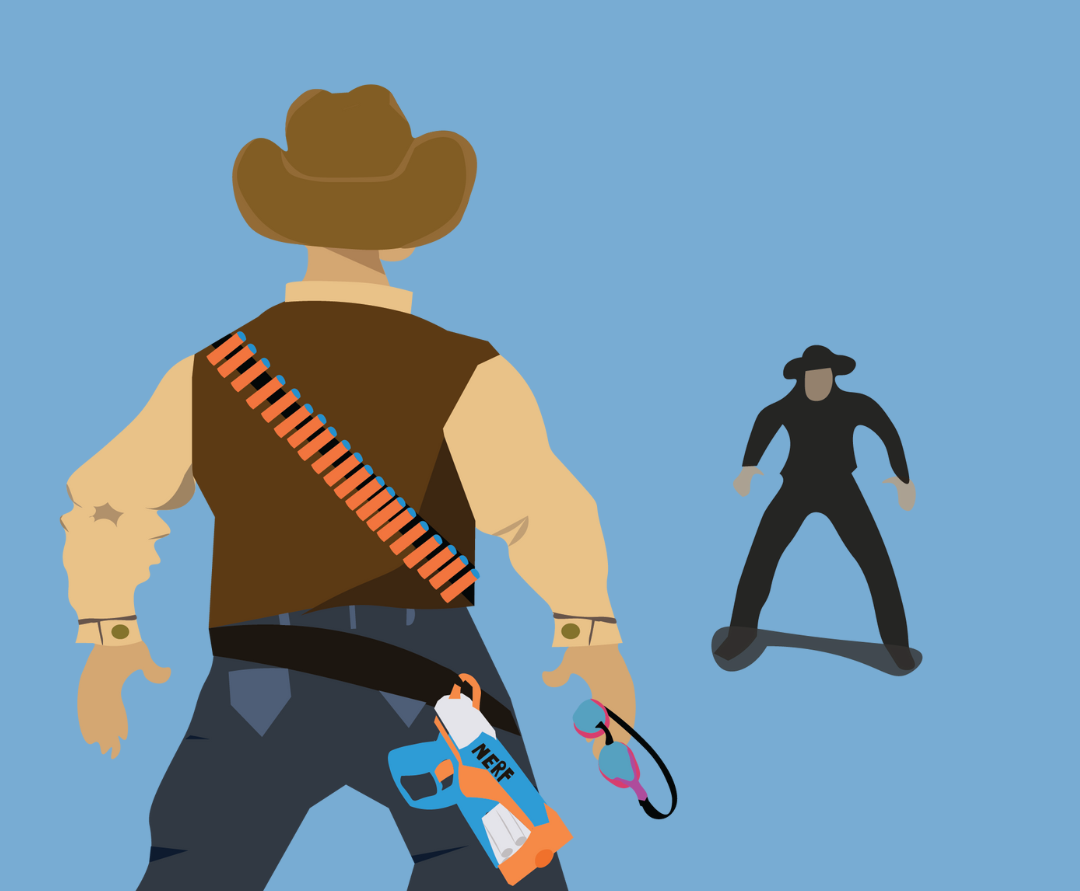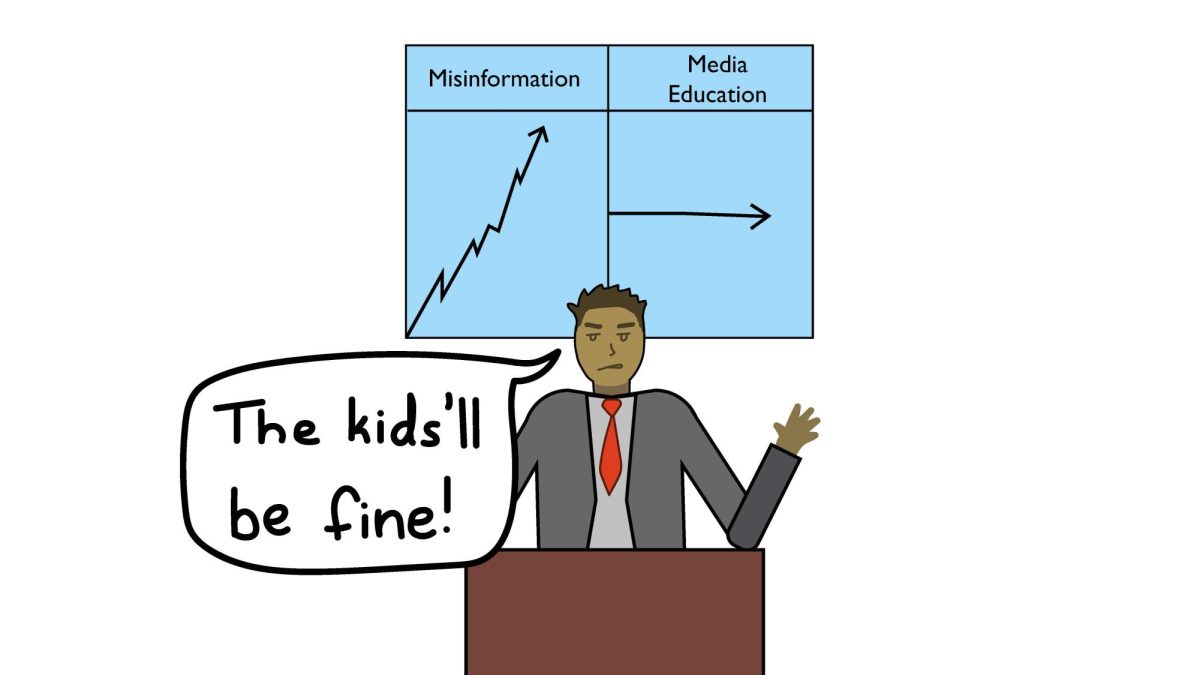Red-pill content targets young men on social media and internet forums, frequently inciting aggression relating to race, sexuality and gender through an anti-woke agenda, such as hostility towards diversity initiatives. The term “red-pill” originates from the 1999 film “The Matrix,” in which the protagonist may either peacefully accept the mainstream narrative by consuming a blue pill, or awaken to the truth by consuming a red pill. Self-proclaimed red-pilled individuals of the current era have chosen to reject the idea that males have societal power and systemic privilege and instead “realize” that men are socially, economically and sexually disadvantaged in modern society. This content gradually radicalizes young adults by pushing sentiments that often align with far-right, white supremacist and misogynistic ideologies. Due to its impact on the way young men interact with their peers, red-pilling must be addressed at the school and societal level in order to quell a rise in misogynistic and male-supremacist ideologies.
The propagation of red-pill ideologies has been facilitated primarily by social media platforms, especially those that utilize complex algorithms that are engineered to push specialized content to specific demographics. These algorithms constantly expose certain users to red-pill content with little to no regulation regarding factuality or ethicality, leading many impressionable users to adopt those beliefs. Notable red-pill influencers include Andrew Tate, an infamous internet personality and a self-proclaimed misogynist with over 10 million followers on X. YouTube, Facebook, Instagram and TikTok have all banned Tate for violating their content guidelines. He has openly labeled women as inferior to men and said that women are “agents of the matrix” who prevent men from fighting back against the system.
Red-pilling came to the forefront of societal consciousness due to its disturbing correlation with growing misogynistic and violent tendencies in young men. “Adolescence,” a British television series released on March 13, explores the impact of the “manosphere” on Jamie, a 13-year-old boy accused of murdering a female classmate. The “manosphere” is a network of male groups, some of which claim they are combating “woke” ideology. While the series isn’t based on a specific event, writer and co-star Stephen Graham said it was inspired by an increase in stabbings by young men in the United Kingdom. Femicide, or the purposeful killing of women, also saw a 3,000-victim increase from 2022 to 2023. According to a study conducted by researchers at the Security and Crime Science Department at University College London, misogynistic prejudices are correlated with increased willingness in men to act out violently against women, serving as a sort of moral justification. “Rape culture,” term coined in the 1970s to describe a society that normalizes sexual violence against women, has even begun to creep into younger and younger audiences, according to Everyone’s Invited, a charity that focuses on the issue. Red-pill belief systems are essentially a way for men who feel emasculated or alienated by society to maintain a certain level of power, and in some instances, this power manifests as violence, physical or otherwise, against women. Red-pilling becomes truly dangerous when it encourages young people to define themselves by the power they hold over others.
Parents, and by extension, the communities that raise our children, are the frontlines against the red-pill epidemic. Parental monitoring of their children’s use of social media is important, but more important is equipping them with the tools to discern radicalizing content and to be able to address their own emotional response. Teaching young men that feelings of anger or frustration are natural and nothing to be ashamed of, but that these feelings should never turn to animosity or violence against anyone is essential to reaching an audience of young men who have already been exposed to red-pill content. This also means destigmatizing men being vulnerable or open about their emotions. Secondly, parents should educate their children that content creators are often businesspeople, and that their primary concern is most likely making money rather than actually improving the lives of their audience. Parents should provide their children with the skills to counteract negative content, rather than simply try to keep them from being exposed altogether.
In order for red-pilling to be addressed at the educational level, it has to begin at a basic level in preschool and elementary settings. According to a behavioral study conducted in collaboration with the American Psychological Association, children who interact with individuals of the opposite sex are more likely to respect and understand the other. Schools should continually make sure that young boys and girls interact in a healthy and respectful way to build a standard for appropriate relationships. The U.K. government has cleared “Adolescence” to be shown in high school classrooms across the U.K., and anti-misogyny classes are set to begin in certain U.K. schools. The U.S. should consider following suit to combat its own growing wave of red-pill ideologies. This approach could help reverse the damage that a toxic image of masculinity has created in young men. Active education on how red-pill ideologies and social media can impact young men, and teaching young people how to navigate intense emotions is essential to reverse the impacts of red-pill ideology. However, schools must ensure these classes do not blame specific demographics, especially young men who may already feel unfairly treated by an increasingly antagonistic society. High schools should continue to ensure young men and women collaborate on projects together, compete against each other in a healthy environment and engage socially in a multitude of situations. This, combined with active preventionary education when necessary, should be the primary approach to the red-pilling problem in schools.
Although red-pill content and the wider movement have their clear faults, it is important to acknowledge that many of the principles behind red pilling are genuine, such as those wishing to promote male independence, financial responsibility and traditional values. Furthermore, many red-pill influencers stay away from controversial topics in the modern social climate and solely wish to help young boys become more responsible, guided and ambitious. Another positive element behind red-pill content is that it provides a comforting community for young men and boys, especially those who feel lonely, to express their frustrations without being told that their struggles are invalid and to find mentors who can guide them through their challenges. It’s clear that in many cases, young boys simply desire a platform to communicate their feelings within academic climates where their demographic is blamed for many of society’s existing and previous issues. It’s understandable that these children feel isolated and villainized, so it is of utmost importance that we create personal, open environments where children can feel accepted and welcomed, both in and outside of schools. We need to acknowledge that both men and women face distinct and similar struggles without creating environments that cultivate hatred towards others.
However, in its current, modern form, red-pill content primarily serves to radicalize young adults in support of the patriarchy against imaginary threats. Additionally, in many cases, these influencers also sell courses for personalized advice and exclusive tutorials, calling into question whether the propagation of red-pill content is at all genuine. Since it often leads to violent tendencies and misogynistic and racist views, red-pill content is deeply harmful for children, and should be regulated at national, local and familial levels.













